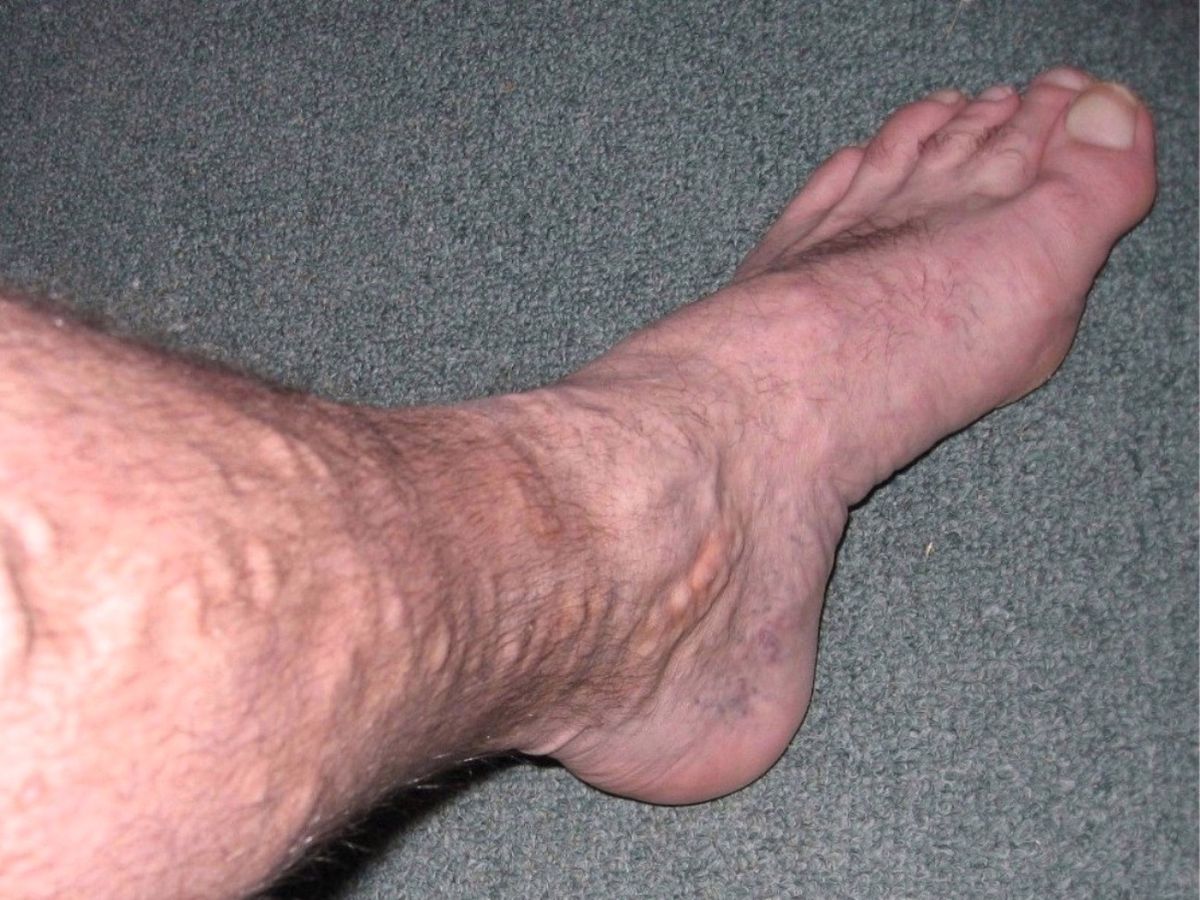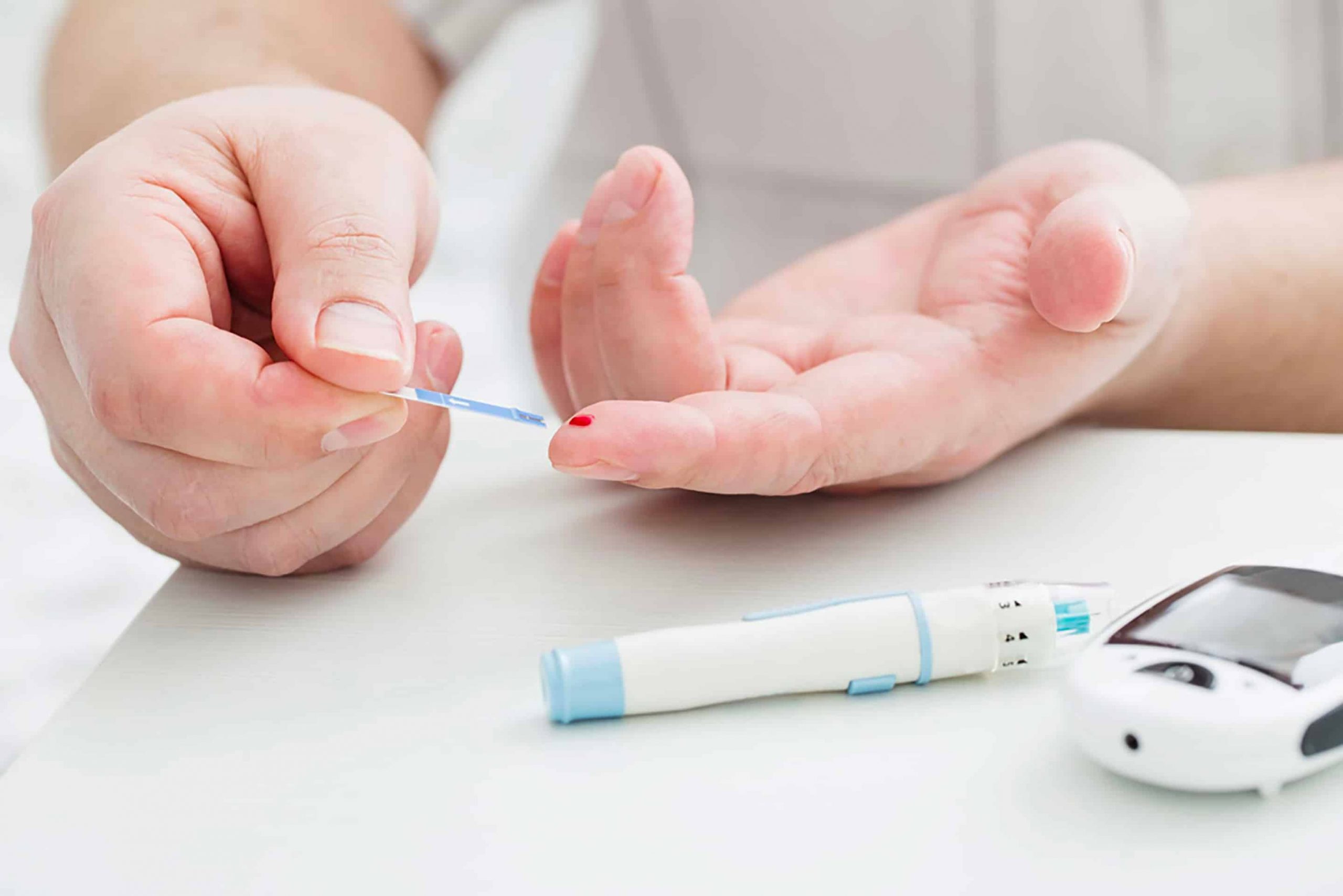Varicose veins are twisted, enlarged veins and can affect any part of the body, although mainly, it affects the legs. Legs are more vulnerable because walking and standing increase pressure in your lower body. Also, most people suffer this condition at its mild level; thus, the risk involved is purely cosmetic. You should seek immediate varicose vein treatment if they worsen and start paining.

What are the risks involved, and what available treatment options handle vein disorders? This type of vein disorder has various risk factors. Fortunately, modern medical science has many treatment methods you can benefit from. This article examines these risks and the available treatment options. Remain with this insightful post to learn more and benefit.
Who Is at Risk and Why?
Did you know that varicose veins affect about 23 percent of all American adults? These figures should keep everyone on the lookout to do everything possible to prevent varicose veins. The most vulnerable groups are:
- Expectant mothers who exhibit symptoms like aching legs, swollen ankles, and spider veins;
- Obese people.
What else makes people more vulnerable to vein disorder? Below are the leading risk factors that could expose you to this medical condition.
Family History
You are more likely to suffer varicose veins if your family has a history of this disease.
Standing or Sitting for Long Periods
People who stand or sit for long periods are most likely to develop this condition.
Age
Age increases your risk of suffering this condition because your vein valves wear and tear as you age, reducing proper blood circulation. Consequently, blood flows back to the veins and collects there instead of pumping back to the heart.
Sex
Your sex also determines your risk level. For example, women are more vulnerable than men because their hormonal changes before menstruation, during pregnancy, and menopause relax their vein walls. Some family planning methods such as pills also increase women’s risk.
Pregnancy
Pregnant mothers are more likely to develop this vein condition because blood volume increases then. This increase is necessary for the fetus’s development, but it can cause adverse side effects like enlarged leg veins.
Treatment Options
Now, what varicose vein treatment options are available for those suffering from this condition? This section examines the leading medical remedies for vein disorder.
Transilluminated Powered Phlebectomy
This treatment method uses a specialized light that threads through incisions under the skin to enable doctors to see the veins to take out. The doctors target and remove those veins using a suction gadget via an incision. Mainly, they apply a local or general anesthetic while conducting this procedure.
Ligation
This treatment method entails two cuttings, one around the patient’s groin above the affected vein and another below the leg. The doctor seals and ties up the top vein, inserts a thin, flexible wire through the vein’s bottom, and then pulls the wire to remove the target vein. Mostly, this treatment option doesn’t need hospitalization, and patients can fully recover within 1-3 weeks.
Endovenous Laser Treatment
In this treatment method, a doctor inserts a catheter in a patient’s vein. They thread a small laser through the catheter (a small tube) positioned above the affected vein. The doctor uses an ultrasound scan to thread the laser into the vein, slowly burning and sealing it. The procedure requires a local anesthetic.
Radiofrequency Ablation
With this treatment option, the doctor makes a small cutting above or beneath the knee. They use an ultrasound scan to insert a narrow tube into the affected vein. Later, the doctor inserts a radiofrequency energy-emitting probe into the small tube to heat the vein, collapse its walls, and close it afterward. The method is ideal for treating larger varicose veins and requires a local anesthetic.
Sclerotherapy
This treatment method entails injecting a chemical into small and medium-sized veins. It scars and seals the veins to effect treatment. The injection may be done once or several times, depending on the disorder’s intensity.
Surgery
Some varicose veins are so large that they require surgical removal. This treatment option requires a general anesthetic. Mostly, patients don’t require hospital admission. However, a patient may spend a night at the hospital if the treatment involves both legs.
Varicose veins are real and affect Americans across all gender, social, and economic divides. Also, different people groups have varying risk factors and severity levels. Fortunately, modern science has availed different treatment methods for this medical condition’s various levels. The information this post shared should inspire you to seek the most appropriate treatment for your varicose condition.




